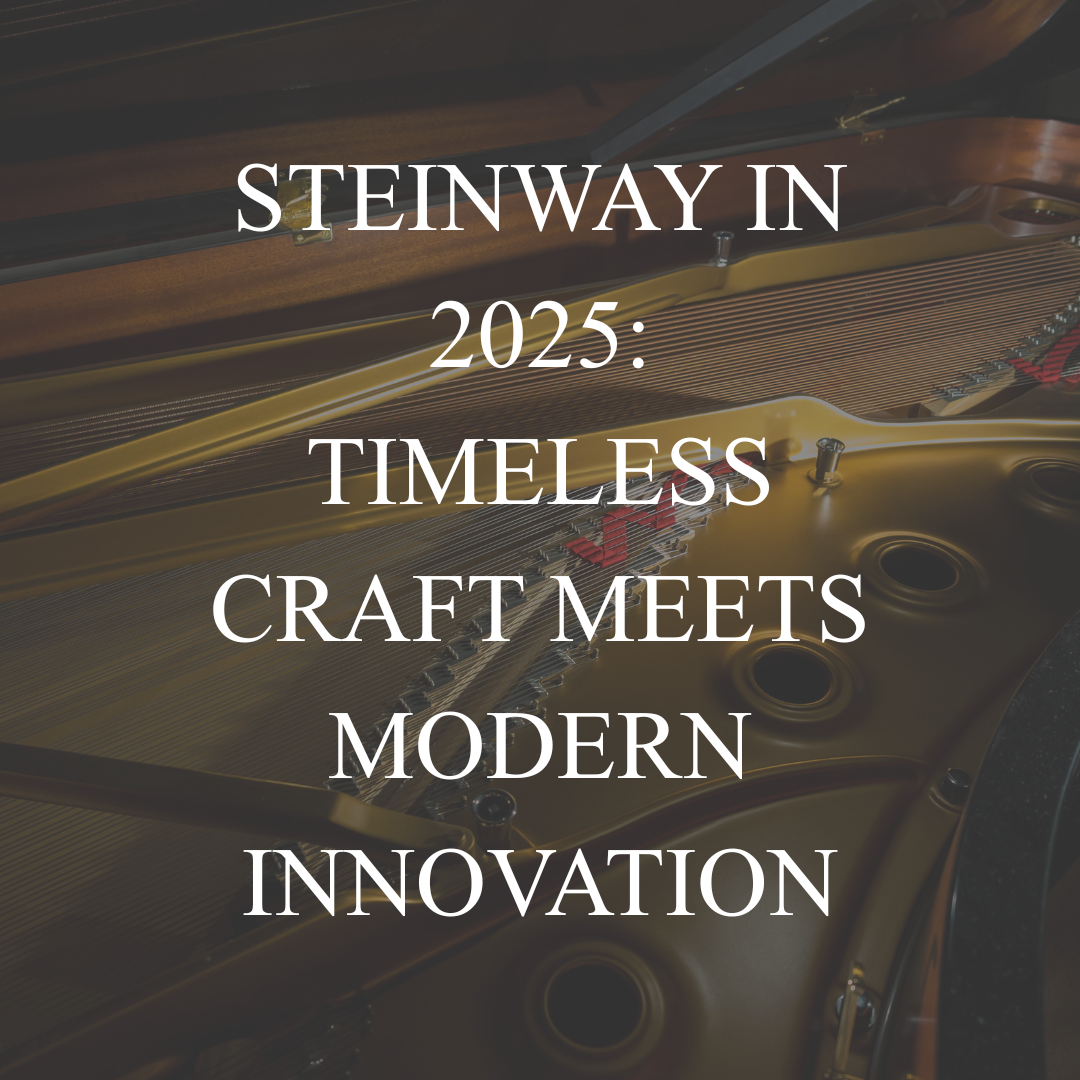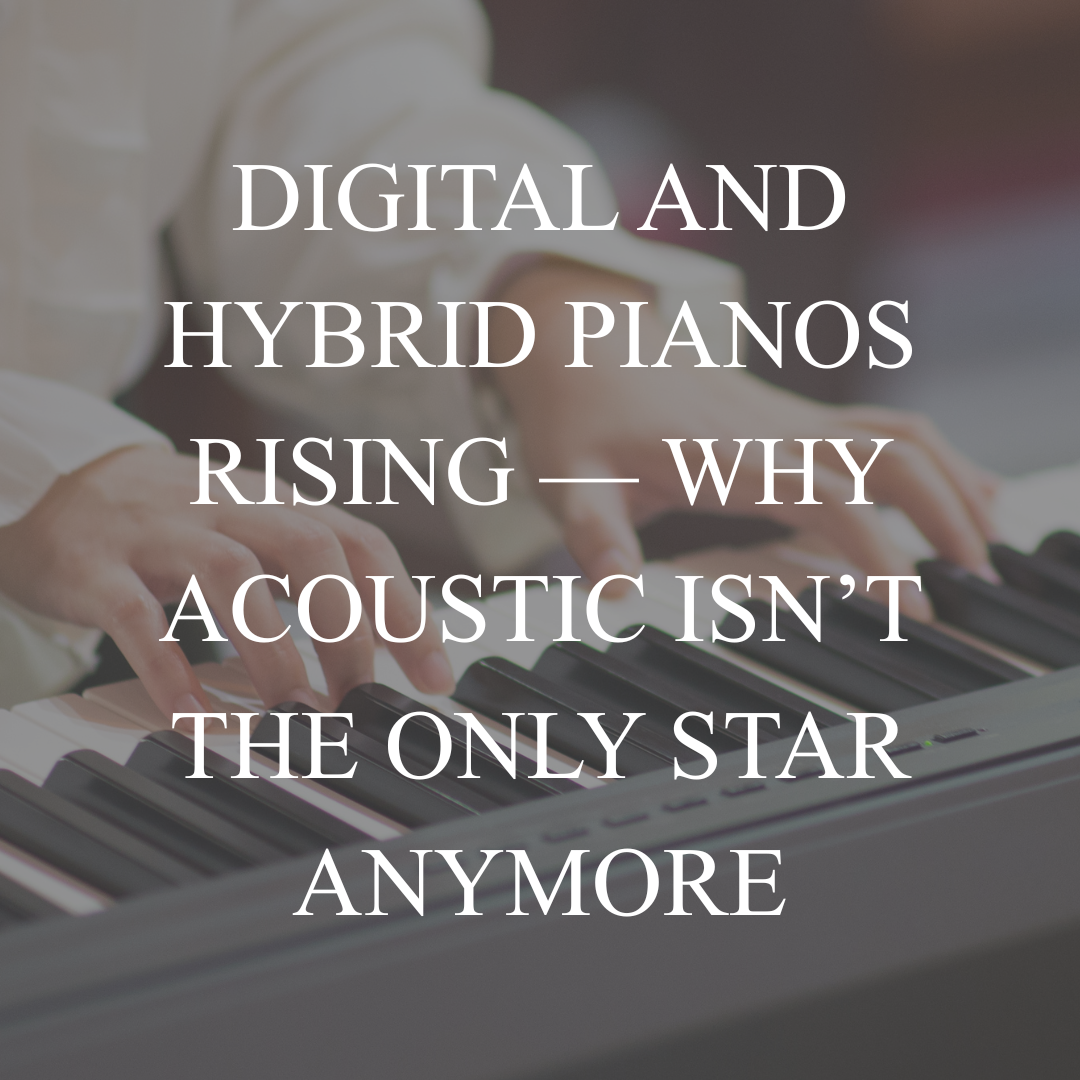
Most people have used the term “Baby Grand” Piano at one time or another, but does anyone really know what that means? Or if there is even such a thing?
Through the years hundreds of sizes, types, and brands of pianos have been called baby grands. And they are probably all correct because there isn't a definitive description of what a baby grand really is.
If you google the term, you get a plethora of descriptions of what size and design parameters of what constitutes a baby grand. Because there is no definitive definition you can believe whatever one you believe to be true, because it's only a name anyhow.
Confusing? You bet.
Many stories on how the term originated floating around out there but nobody knows for sure where it came from.
My favorite is that it was a cute term used by a piano company to promote smaller grands and make them seem less imposing and more private home size friendly then their big brother, the Grand Piano.
It's as good as any of the origin stories, and I'm sticking with it.
In any case there are smaller grand pianos and larger grand pianos and what you call them doesn’t matter, but size does. Larger pianos usually sound and play better than smaller ones.
But the brand and quality level of any size piano changes the playing field.
One thing you will hear is that piano tuners prefer to work on the larger pianos dismissing the smaller Baby Grand Pianos. That came about because the smaller pianos are the ones, they usually build to a fit a price point not a quality level (this is not always the case).
Just remember this: No matter what you call the smaller instruments They are all technically Grand style pianos, no matter the size.
Comments will be approved before showing up.

Every four years, Warsaw becomes the luminous heart of the classical piano world. The International Chopin Competition is more than a contest — it’s a global ritual of artistry and endurance. For pianists, it is the Mount Everest of performance; for listeners, it is two weeks of breathtaking musical devotion.
But while the audience follows the fate of each pianist, another drama unfolds behind the music — a quieter rivalry that has nothing to do with interpretation or emotion, and everything to do with sound.
Because in Warsaw, the pianists are not the only ones competing. The pianos themselves are.

For more than a century, Steinway & Sons has defined what it means to build a truly exceptional piano. But in 2025, the brand isn’t just honoring tradition — it’s evolving. At Northwest Pianos, we continue to see how Steinway’s balance of craftsmanship and technology keeps it ahead of the curve in a fast-changing industry.

Over the last few years, acoustic pianos have held the prestige. But the tide is shifting. More musicians, educators, and beginners are turning to digital and hybrid models for their flexibility, technological perks, and lower maintenance demands. According to industry reports, the global piano market is now incorporating “smart integration” and “compact designs” as key drivers for growth. The Business Research Company+2PR Newswire+2